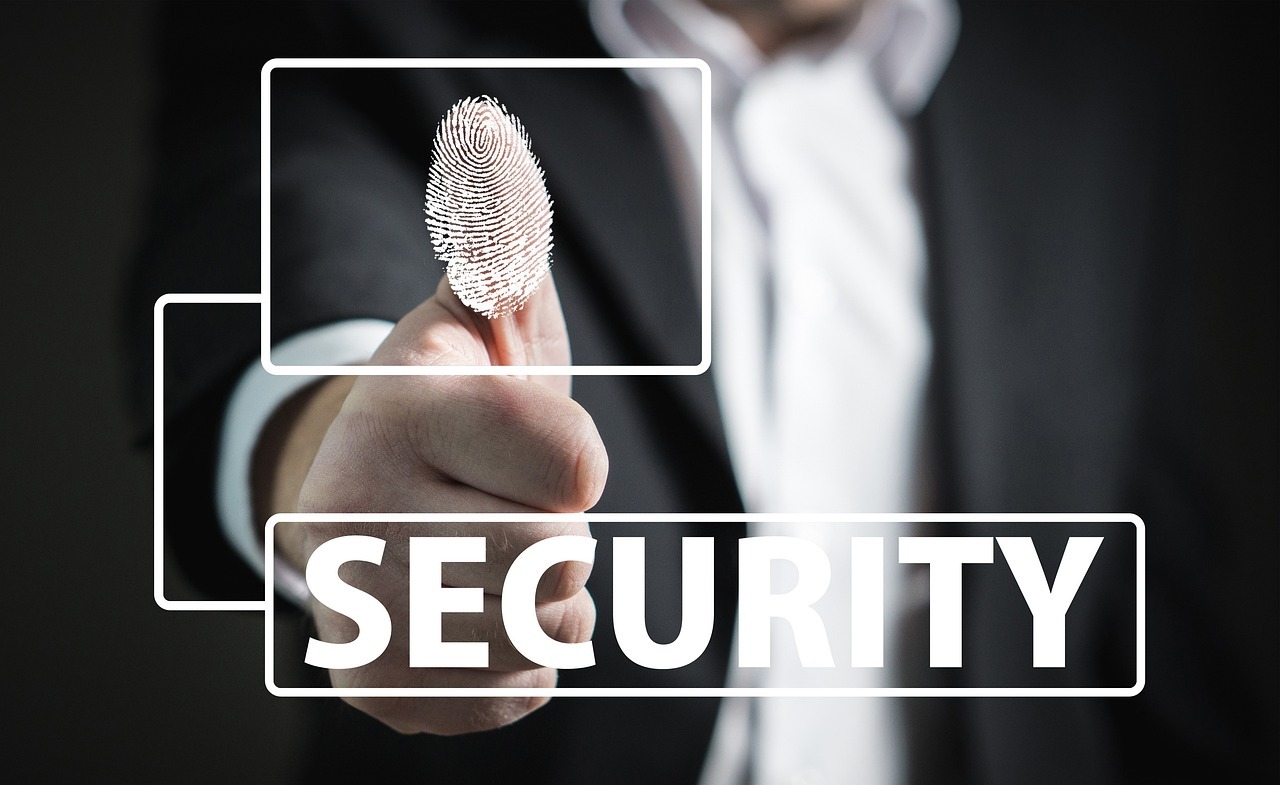Understanding Identity Theft: What Is It and Why It Matters
You think it could never happen to you. You’re careful with your personal information and credit cards. But identity theft can strike anyone, anytime. Last year alone, over 14 million Americans were victims. Don’t let it be you. In this article, we’ll explore the different ways thieves can steal your identity and what you can do right now to protect yourself. We’ll cover everything from regularly monitoring your credit reports to using complex passwords. We’ll also talk about identity theft protection services and whether they are worth it. The steps are easy to take once you know what to do. So read on and learn how to keep your identity safe from the bad guys.
Preventing Identity Theft: 10 Tips to Safeguard Your Personal Information
Identity theft is when someone steals your personal information like your Social Security number, credit card number, or bank account information and uses it to commit fraud or other crimes. How Identity Theft Happens
Identity thieves get your information in several ways, including:
– Stealing your wallet, mail, or bank statements
– Hacking into your online accounts or stealing your passwords
– Tricking you into giving them your information (known as phishing)
– Buying stolen information on the black market
Once they have your details, identity thieves can drain your bank accounts, open new credit cards in your name, file for loans, or claim tax refunds you’re owed. The Impact of Identity Theft
Identity theft can wreak havoc on your finances and credit. It can take months or even years to recover from identity theft. While banks and creditors often absorb the costs from fraud, you’ll still need to place fraud alerts, file police reports, and dispute unauthorized charges – all of which require significant time and effort.
The damage to your credit can also impact your ability to get approved for loans, credit cards, insurance, or even some jobs. Regularly monitoring your financial accounts and credit report is the best way to catch identity theft early and limit the damage. Identity theft protection services can also help detect fraud quickly so you have the best chance of resolving it.
Recovering From Identity Theft: How to Regain Control and Repair the Damage
Identity theft is serious business. Once thieves get their hands on your personal information, they can open credit cards, file for loans, and commit all sorts of fraud in your name. The damage can take years to undo. So how do you avoid becoming a victim?
Be wary of phishing emails and malicious links
Never click links or download attachments from unsolicited emails. Phishing schemes deployed by identity thieves are getting more sophisticated all the time.
Use strong, unique passwords
Use a minimum of 8 characters, a mix of letters, numbers and symbols. Don’t reuse the same password across sites. Use a password manager if needed.
Be cautious when shopping online
Only input payment info and personal details on trusted, secure websites. Look for the padlock icon and “https” in the URL.
Shred sensitive documents
Shred bank statements, credit card bills, and anything else with your personal information before throwing it out. Dumpster divers target trash to find identities to steal.
Monitor accounts and credit report
Check statements regularly for unauthorized charges. Review your credit report annually for signs of fraud like new accounts opened in your name.
Be wary of public Wi-Fi
Public networks are not secure and can allow thieves to see what you’re typing. Avoid conducting sensitive activities like online shopping or banking on public Wi-Fi.
Don’t overshare on social media
Be cautious about how much personal information you post on social media. Identity thieves comb profiles for details they can use to steal identities or commit fraud.
Keep personal documents secure
Lock up your Social Security card, birth certificate, passport and other documents when not in use. Only provide these details when absolutely necessary.
Use chip cards and enable fraud alerts
Chip cards provide an extra layer of security for in-person transactions. Place a fraud alert or security freeze on your credit reports to help prevent thieves from opening new accounts.
Stay vigilant
While companies and the government are working to strengthen identity protections, individuals must remain watchful. Be on alert for new threats and take action to safeguard your personal information whenever possible. It’s the best way to avoid the hassle and heartache of identity theft.
